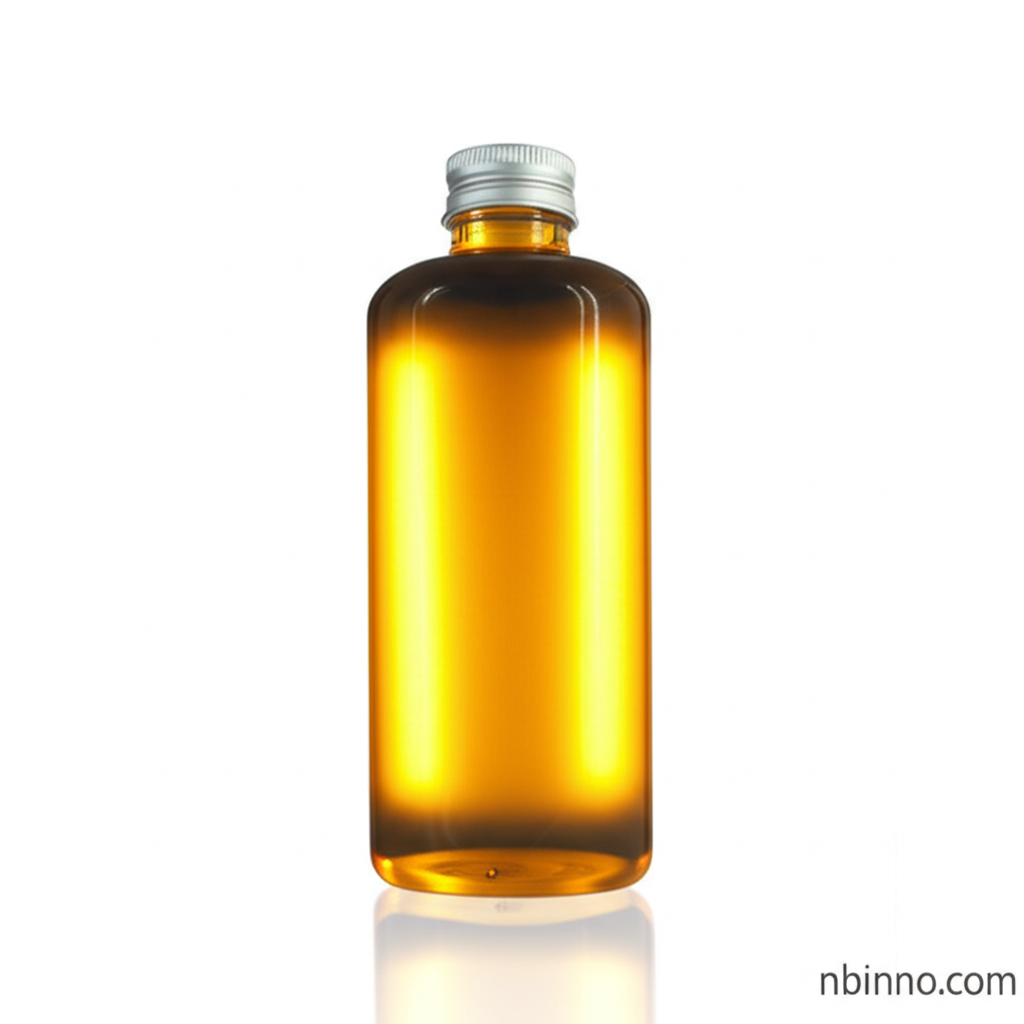Unlock the Potential of N-Ethyl-3-methylaniline (CAS 102-27-2)
Discover the versatile applications and essential properties of this key chemical intermediate for your industry needs.
Get a Quote & SampleProduct Core Value

N-Ethyl-3-methylaniline
This chemical is a crucial building block in various synthesis processes, particularly valued for its role as an intermediate in the creation of color developers and dyes. Its specific molecular structure (C9H13N) and physical characteristics make it indispensable for achieving desired outcomes in complex chemical reactions. The reliable supply of high-purity material is essential for manufacturers relying on consistent product quality.
- Explore the vital role of N-Ethyl-3-methylaniline in color developer synthesis, ensuring high performance in photographic and printing applications.
- Understand the key applications of N-Ethyl-3-methylaniline as a dye intermediate, contributing to vibrant and stable colorants across industries.
- Learn about the physical properties of this pale yellow oily liquid chemical, including its solubility in alcohol and ether, which facilitates its use in various solvent systems.
- Discover why N-Ethyl-3-methylaniline is a sought-after chemical intermediate for dyes, enabling the development of advanced materials and products.
Key Advantages
Versatile Chemical Intermediate
Leverage N-Ethyl-3-methylaniline for its broad utility as a versatile intermediate in organic synthesis, supporting innovation in diverse chemical sectors.
High Purity and Assay
Benefit from consistent high purity levels, typically 98%min, ensuring reliable and predictable results in your chemical processes, especially when sourcing this intermediate for dyes.
Facilitates Advanced Color Development
Utilize its unique properties to enhance the performance and efficacy of color developers, a key aspect when considering color developer synthesis.
Key Applications
Dye Synthesis
N-Ethyl-3-methylaniline serves as a critical dye intermediate, enabling the production of a wide spectrum of colors for textiles, inks, and coatings. Understanding its role in dye intermediate chemical production is key.
Color Developers
Its composition makes it an essential component in the formulation of advanced color developers, crucial for photographic and imaging technologies. This highlights its importance in color developer synthesis.
Photographic Materials
As a photographic material intermediate, it contributes to the chemical processes that capture and develop images, showcasing its specialized application.
Organic Synthesis Building Block
Its reactive functional groups make it a valuable building block for more complex organic molecules, underscoring its significance in general organic synthesis.
